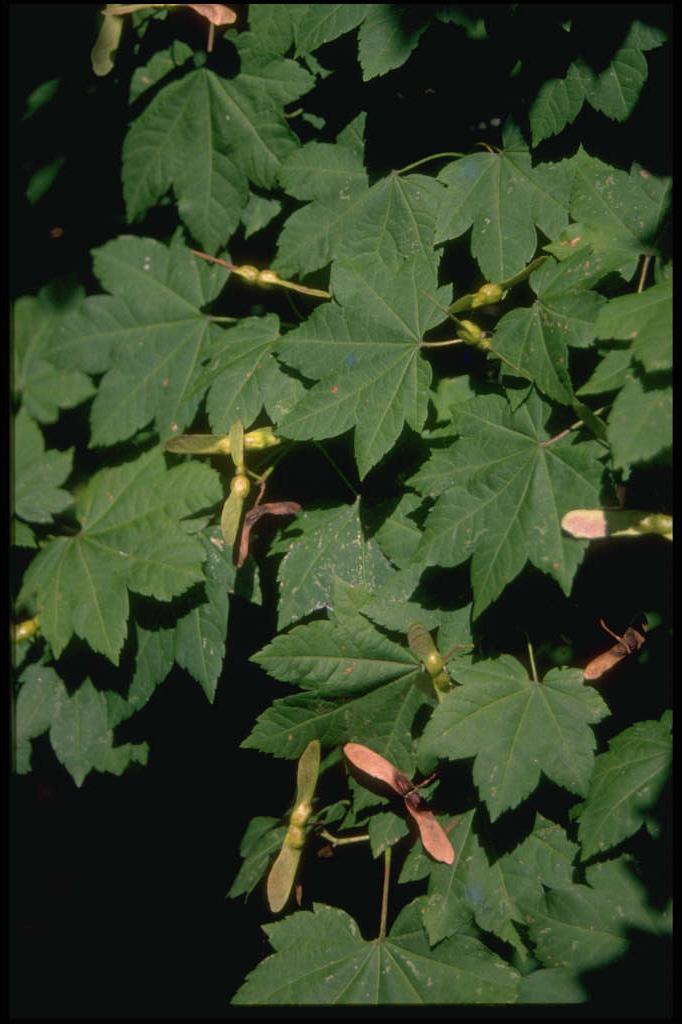Size
Ultimate height
4–8 metresTime to ultimate height
20–50 yearsUltimate spread
4–8 metresGrowing conditions
Moisture
Moist but well–drainedpH
Acid, Alkaline, NeutralColour & scent
| Stem | Flower | Foliage | Fruit | |
| Spring | Purple | Green | ||
|---|---|---|---|---|
| Summer | Green | Red | ||
| Autumn | Orange Red | Brown | ||
| Winter |
Position
- Full sun
- Partial shade
Aspect
South–facing or West–facing or East–facing
Exposure
Exposed or Sheltered Hardiness
H6Botanical details
- Family
- Sapindaceae
- Native to GB / Ireland
- No
- Foliage
- Deciduous
- Habit
- Bushy
- Genus
Acer can be deciduous trees or large shrubs with paired, often palmately-lobed leaves and small flowers followed by characteristic winged fruits. Many have fine autumn colour, and some have ornamental stems
- Name status
Correct
- Plant range
- N America, British Columbia to California
How to grow
Cultivation
Grow in a moist but well-drained soil
Propagation
Propagate by seed (sown outdoors) as soon as ripe, by grafting in late winter, or by chip budding in mid- to late summer
Suggested planting locations and garden types
- Cottage and informal garden
- Low Maintenance
Pruning
Pruning group 1; prune only from late autumn to midwinter when dormant, remove misplaced or crossing shoots to maintain permanent healthy framework
Pests
May be susceptible to Acer gall mite, aphids, caterpillars and horse chestnut scale
Diseases
May be susceptible to Verticillium wilt, Acer leaf scorch and honey fungus
Get involved
The Royal Horticultural Society is the UK’s leading gardening charity. We aim to enrich everyone’s life through plants, and make the UK a greener and more beautiful place.
